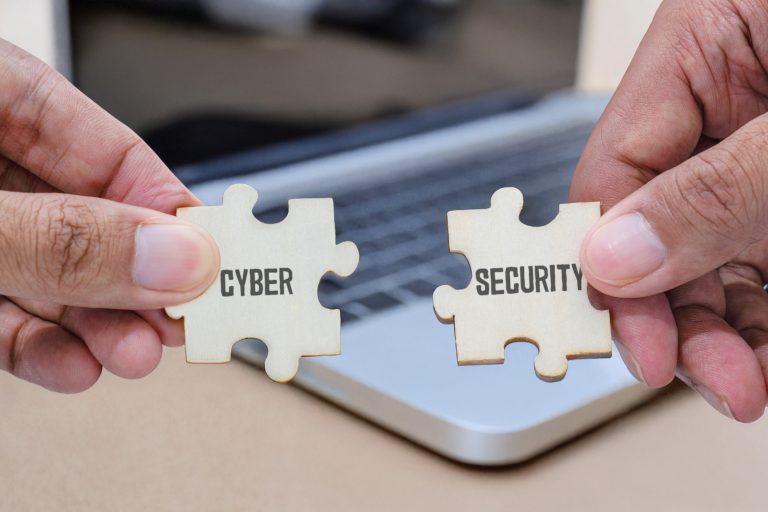In today’s digital-first world, cybersecurity is no longer just a technical concern, it’s a cornerstone of trust between banks and their customers. As financial institutions continue to innovate with mobile apps, online banking, and AI-powered services, the need to protect sensitive data has never been greater. At Chesapeake Bank, your safety, both as individuals and as businesses is our priority. We are committed to helping you protect yourself against cybercrime.
Key Findings: What Customers Are Facing
Recent data from the National Cybersecurity Alliance reveals growing concerns and vulnerabilities in the cybersecurity landscape:
- AI is still a concern
- 65% of respondents believe AI will make it easier for criminals to pose as someone else.
- Despite the surge in AI usage, 58% of users report receiving no training on security or privacy risks.
- Cybercrime is hitting wallets harder than ever
- 44% of respondents reported experiencing cybercrime that led to data or monetary loss—a 9% increase from 2024.
- Younger generations were hit hardest: 59% of Gen Z and 56% of Millennials reported losses from scams.
- Security habits show ongoing weaknesses
- Only 62% of respondents regularly create unique passwords, a decline from 2024.
- 41% never use a password manager.
- While 77% recognize multi-factor authentication (MFA), only 41% use it regularly.
- 56% update their software frequently, but just 47% consistently back up important data.
Common Threats Facing Bank Customers
- Phishing & Vishing – Scammers impersonate bank representatives via email or phone calls to trick customers into revealing sensitive information.
- Malware & Ransomware – Malicious software can lock devices or steal data, often delivered through deceptive links or attachments.
- Deepfake Fraud – AI-generated voices and videos are being used to impersonate bank staff or customers, making scams harder to detect.
- Weak Passwords & Public Wi-Fi Risks – Many users still rely on simple passwords or access banking apps on unsecured networks, exposing themselves to threats.
What You Can Do as a Customer
Here are five simple steps to boost your cybersecurity:
- Use Strong, Unique Passwords – Combine letters, numbers, and symbols, and never reuse passwords across accounts.
- Enable MFA (Multi-Factor Authentication) – Add an extra layer of security to your banking login.
- Update your Software and Devices Regularly – Install updates promptly to patch vulnerabilities.
- Avoid Public Wi-Fi for Banking – Use secure networks or a VPN when accessing financial apps.
- Stay Informed – Read alerts and related blogs to stay ahead of emerging threats and to educate yourself. You can also dive into our Identity Theft monitoring and recovery services and Positive Pay services.
Should you ever suspect that you are a victim of ID theft, please contact your branch immediately.
Final Thoughts
Listen, cybersecurity is everyone’s job. Cybersecurity isn’t just a bank thing, it’s a team effort. Chesapeake Bank cares about your safety and we are doing our part here to protect your money and data, but if you do your part, too, that’s even better. Keep yourself in the loop and take some simple steps: it’s like putting another lock on the door. Together, we can make your banking experience safer.
Related Posts
Smishing Threats: How Chesapeake Bank Keeps You Safe
Visa 3-D Secure (3DS) – A Smarter Way to Shop Online
Payments and Security For Your Small Business
ALERT: Online Payments: The Growing Trend of AI Assisted Fraud


